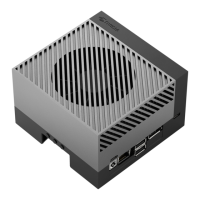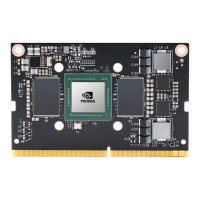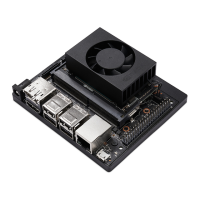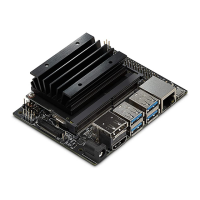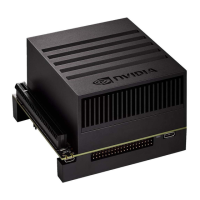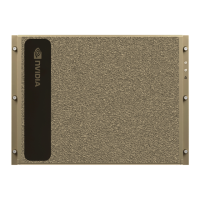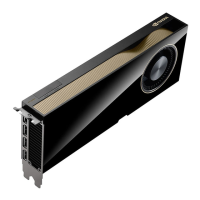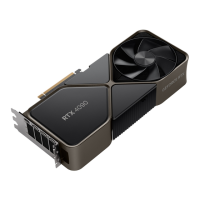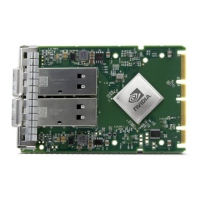USB and PCIe
PRELIMINARY INFORMATION
NVIDIA Jetson Orin NX DG-10931-001_v0.1 | 24
7.1.1 USB 2.0 Design Guidelines
The following table details the requirements that apply to the USB 2.0 controller PHY
interfaces:
USB[2:0]_D_N/P.
Table 7-4. USB 2.0 Interface Signal Routing Requirements
Max frequency (high speed): Bit Rate/UI
period/Frequency
480/2.083/240 Mbps/ns/MHz
Max loading: High Speed / Full Speed / Low
Speed
10 / 150 / 600 pF Max loading should include any passive
and active components on the trace such
as CMC, Switch, ESD etc.
Reference plane GND
Trace impedance: Diff pair / SE) 90 / 50 Ω ±15%
Via proximity (signal to reference) < 3.8 (24) mm (ps) See Note 1
Max trace length/delay 6 (960) In (ps)
Max intra-pair skew between
and
7.5 ps
Notes:
1. Up to four signal vias can share a single GND return via.
2. Adjustments to the USB drive strength, slew rate, termination value settings should not be necessary, but if any are made, they
MUST be done as an offset to default values instead of overwriting those values.
7.1.2 USB 3.2 Design Guidelines
The following table details the requirements that apply to the USB 3.2 PHY interfaces.
Table 7-5. USB 3.2 Interface Signal Routing Requirements
Gen1
5.0 / 200
Gbps / ps
Device mode supports Gen1 speed only.
On-die termination at TX and RX
Gen1 Host (Type C)
Gen1 Host (Type A)
Gen1 Device (Type C)
Gen1 Device (Micro AB)
Gen2 (Dual role mode)
Resonance Dip Frequency
≥ -3.8
≥ -7.3
≥ -3.8
≥ -2.5 [*]
≥ -4.5
> 8
dB @ 2.5GHz
dB @ 2.5GHz
dB @ 2,5GHz
dB @ 2.5GHz
dB @ 5GHz
GHz
Only the PCB (and connector) without
added-on components such as CMC,
ESD, and Mux, is considered. The
connector is included. For Gen2 the
loss budget is the same for all
connector types. For dual role mode,
host and device have the same loss
budget
[*] the consideration of Gen1 fixture
Time-domain Reflectometer (TDR) Dip
Gen1
75
Ω
@ Tr = 61ps (10%-90%)
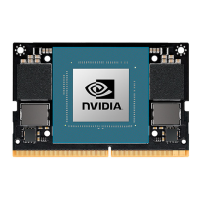
